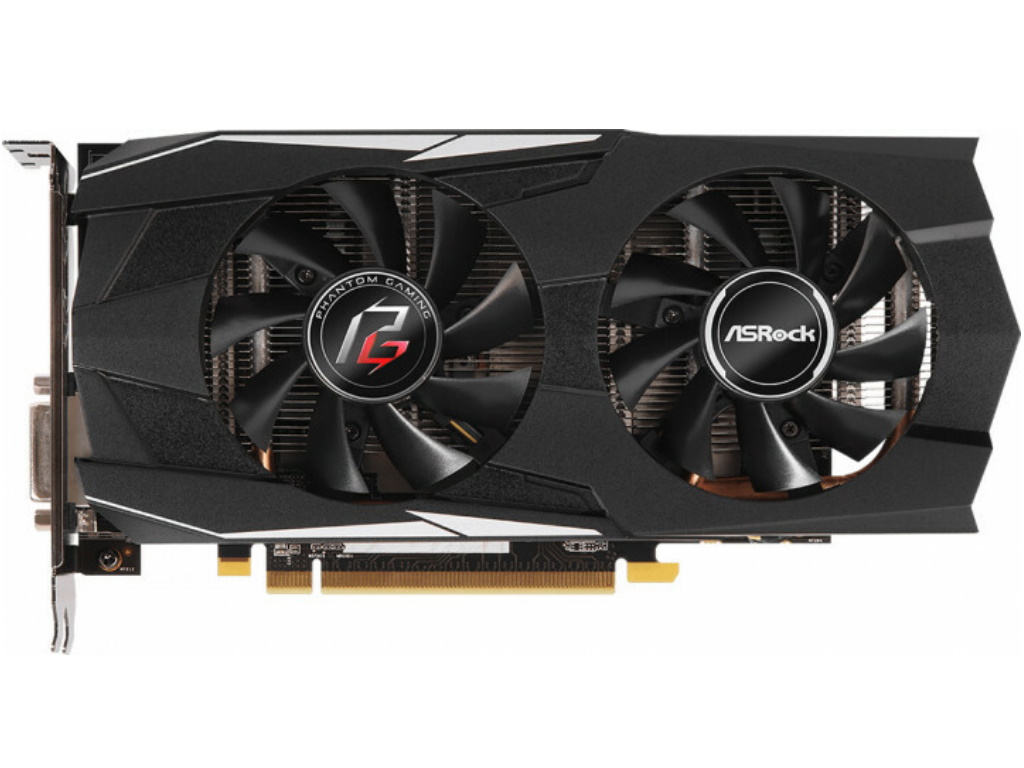

The guidelines here are as much more comfortable as it can be to understand. In this article, we have discussed how to overclock Rx 580. Also, your motherboard should have the overclock ability. So, it needs a perfect cooler to cool it down all the time. Because the overclocking process makes the processor warmer than before. Warningsīefore overclocking, you must be sure that you have the best CPU cooler. You can check the speed rate that you set on the top left side. Otherwise, the system will not save your settings. Again when you set any frequency rate, click on the apply button coming on the upper side. So, keep checking your temperature clock whenever you increase the clocks. And it will result in the burning of your hardware components. If your temperature somehow is going above 90 degrees, then know that you are pushing the limit. Mostly, under 90 degrees is the safest point. When you overclock, remember one thing always, and that is your temperature should not exceed the maximum limit. Now, that’s all the things you need to for overclocking. And if your stock frequency is 1300/1400 MHz, then you can exceed it up to 1500MHz. In that case, you can increase it up to 2200MHz. Most of the time, the GPU stock frequency for 8Gb versions is 2000MHz.

So keep noticing that your temperature should not exceed the limit. Because when you increase the memory clock, the temperature gets higher. You have to check your temperature whenever you increase the memory clock. Well, this is the place where you need to increase the clock in a little bit slower. as is? Do I need to change anything else other than the state voltages?Īnd for evaluating performance, is clock speed something I should mainly be looking at? What are the optimal levels I should be aiming to reach by the time I reach the lowest voltages I can?Īny tips would be appreciated, thanks in advance.The Memory Clock To increase the state of the memory clock makes a significant difference. For example, should I keep things like power/temp limit, frequency, etc. I guess the two things I need advice on is how to properly monitor my increase/decrease in performance, and if I need to make any other changes when undervolting. I've lowered it down twice now (around -20 each time), and I can tell that the games feel more stable in FPS and fan noise, but the temps are still reaching around 81-82C. I've been using the Heaven benchmark, but I've mainly been playing demanding games to test the GPU's stability. I'm using MSI Afterburner (because I liked their OSD), and my current voltage changes are as follows: I've been getting upwards of 85C in demanding games, and the fan noise was too loud for my liking. I'm new to undervolting/PC building in general, and I'm trying to figure out how to properly undervolt my RX 580.


 0 kommentar(er)
0 kommentar(er)
